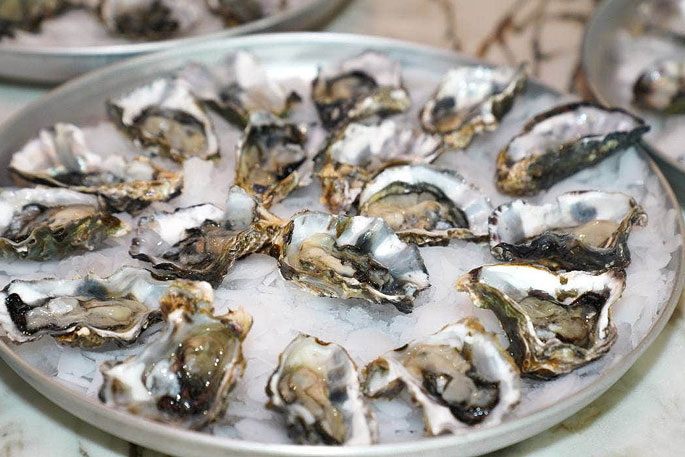New Zealand Food Safety has lifted the public health warning advising against collecting shellfish on the east coast of the North Island, from Cape Runaway to Wairoa River mouth.
However the public health warning remains in place for lobster caught between Hicks Bay and Mahanga Beach near Mahia.
“Our testing of shellfish has established that concerning levels of paralytic shellfish toxin on the east coast of the North Island have dropped to safe limits again,” says NZFS deputy director-general Vincent Arbuckle.
“However, lobster samples from near Gisborne and Tokomaru Bay taken by the Rock Lobster Industry Council are still coming back over the limit.
“Paralytic shellfish toxins can accumulate in the gut and intestine of lobster, but not the tail and leg meat.
“So, if you are wanting to eat lobster caught between Hicks Bay and Mahanga Beach, our advice is to not eat the gut contents.
“Remove the gut (mustard and intestinal cord in tail) before cooking, because the toxins can spread into the flesh during the cooking process.
“Rock lobster available for sale at supermarkets or retail outlets is not affected.
“It’s great news that people on the east coast will again be able to gather and enjoy most kaimoana safely.”
The warning was first issued on 12 October 2023 after routine NZFS testing and was extended along the coastline after follow-up tests showed biotoxins levels up to 12 times the safe limit in some areas.
“Public health warnings are an important mechanism in our food safety system here in Aotearoa – it’s how we spread the word about toxins in shellfish to help prevent people getting sick,” says Vincent.
“These toxins can cause serious illness if you eat affected shellfish, especially in children and in the elderly. Importantly, cooking does not remove the toxin.
“Paralytic shellfish poisoning can cause numbness and a tingling (prickly feeling) around the mouth, face, hands, and feet, difficulty swallowing or breathing, dizziness and headache, nausea and vomiting, diarrhoea, paralysis and respiratory failure and, in severe cases, death.
“Thankfully we received no notification of associated illness.
“But, as you keep enjoying collecting kaimoana over the summer, please do look out for our public health warnings at the beach, or you can sign up to get our shellfish biotoxin alerts directly through the MPI website.
You can also check our Shellfish biotoxin alert webpage.
“We also have the NZ Fishing Rules mobile app, which is a great companion for fishers, and includes information about biotoxin warnings.”
Find out more about how to safety gather and consume shellfish here: Food safety when fishing and gathering shellfish.
For more information please email: NZFoodSafety_media@mpi.govt.nz



0 comments
Leave a Comment
You must be logged in to make a comment.